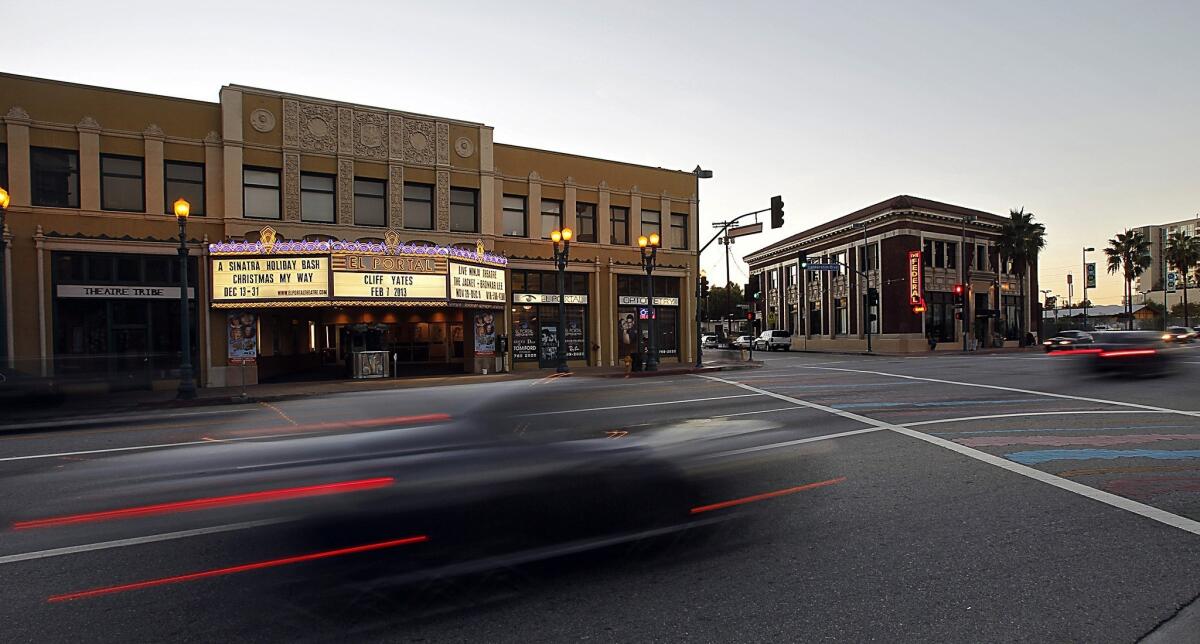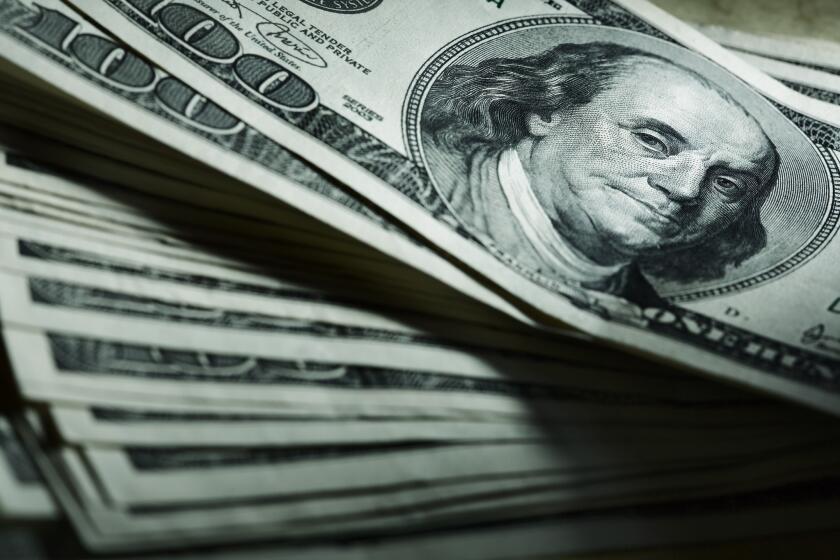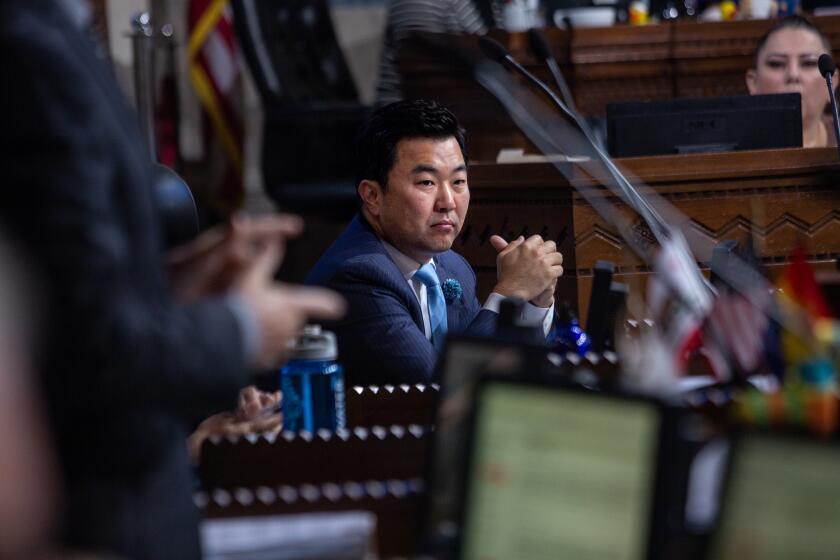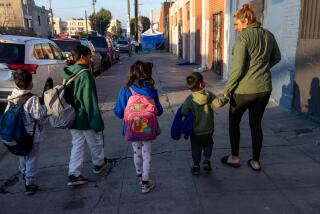L.A. City Council approves plans to turn developer fees into emergency arts grants

- Share via
The Los Angeles City Council unanimously approved two motions this week that will take arts fees paid by developers in support of now-canceled or planned cultural events and instead make the money available as small-dollar grants to artists, arts organizations and live performance spaces that have been economically devastated by the pandemic.
One motion approved Wednesday, introduced by Councilman David Ryu of District 4 late last month, will allow the Department of Cultural Affairs (DCA) to reallocate $368,810 in arts development funding designated for Ryu’s district to support artists and nonprofit arts organizations in the district. The City Council also approved an additional $181,663 in District 4 funds so that the program could be replicated in other districts.
For the record:
10:30 a.m. May 18, 2020An earlier version of this post featured an image of the NoHo Arts Center theater in North Hollywood, which no longer functions as a theater. It is now a bar.
In a separate vote, the City Council on Wednesday approved a motion by District 2 Councilmember Paul Krekorian to reallocate $200,000 of his district’s arts development fees for an emergency grant program aimed at helping live performing arts venues with fewer than 50 employees. This will help support the many theaters clustered in the NoHo Arts District in North Hollywood.
The COVID-19 Emergency Response Program, as the relief fund pitched by Ryu is called, will focus in District 4 “on individual artists and arts organizations with the greatest risk of hardship,” according to a recommendation issued by the DCA last week. This includes tiered grants of between $500 and $2,000 for individual artists, with the highest amounts reserved for artists who are full-time freelancers, and therefore “more vulnerable in an economic downturn.”
Similarly, there will be tiered grants of $3,000 and $5,000 for small and mid-sized arts organizations at different budget levels under $800,000 per year.
The coronavirus crisis prompted some museums and the L.A. Phil to dip into their endowments. But what does that really mean, and how does that work?
“Whether a poet, a painter or a dancer, Los Angeles needs its artists right now,” Ryu said in a statement, “and artists need our help.”
In District 2, individual grants of $8,000 will go to performing arts venues. The money, according to the motion, “can be used for operating capital in return for a virtual publicly accessible performance, lesson or workshop and/or a certain number of free, publicly accessible performances, lessons or workshops upon reopening.”
“The NoHo Arts District in Council District 2 has the second largest concentration of theaters in the United States, which present more than 500 shows per year, host roughly 35 acting classes on any given night and provide entertainment to over 20,000 people throughout the year,” the motion states.
In a statement, Krekorian described the district as “a cultural treasure” and said the funds will help them survive “until they can once again provide the extraordinary productions that have thrilled theatergoers for decades.”
The councilman’s office said it expects to be able to launch the application for those District 2 grants, which will be managed by the Department of Cultural Affairs, by next week. The DCA aims to have the application process for the District 4 project ironed out by the end of this month.
Cultural Affairs general manager Danielle Brazell said the fund will help support the city’s “rich tapestry of nonprofit arts and cultural organizations, independent artists and creative industries, all of whom fuel our regional economy and are deeply impacted as a result of COVID-19.”
L.A. developers pay fees to support public arts programs. Councilman David Ryu has proposed turning that fund into relief grants for arts groups.
More to Read
The biggest entertainment stories
Get our big stories about Hollywood, film, television, music, arts, culture and more right in your inbox as soon as they publish.
You may occasionally receive promotional content from the Los Angeles Times.













